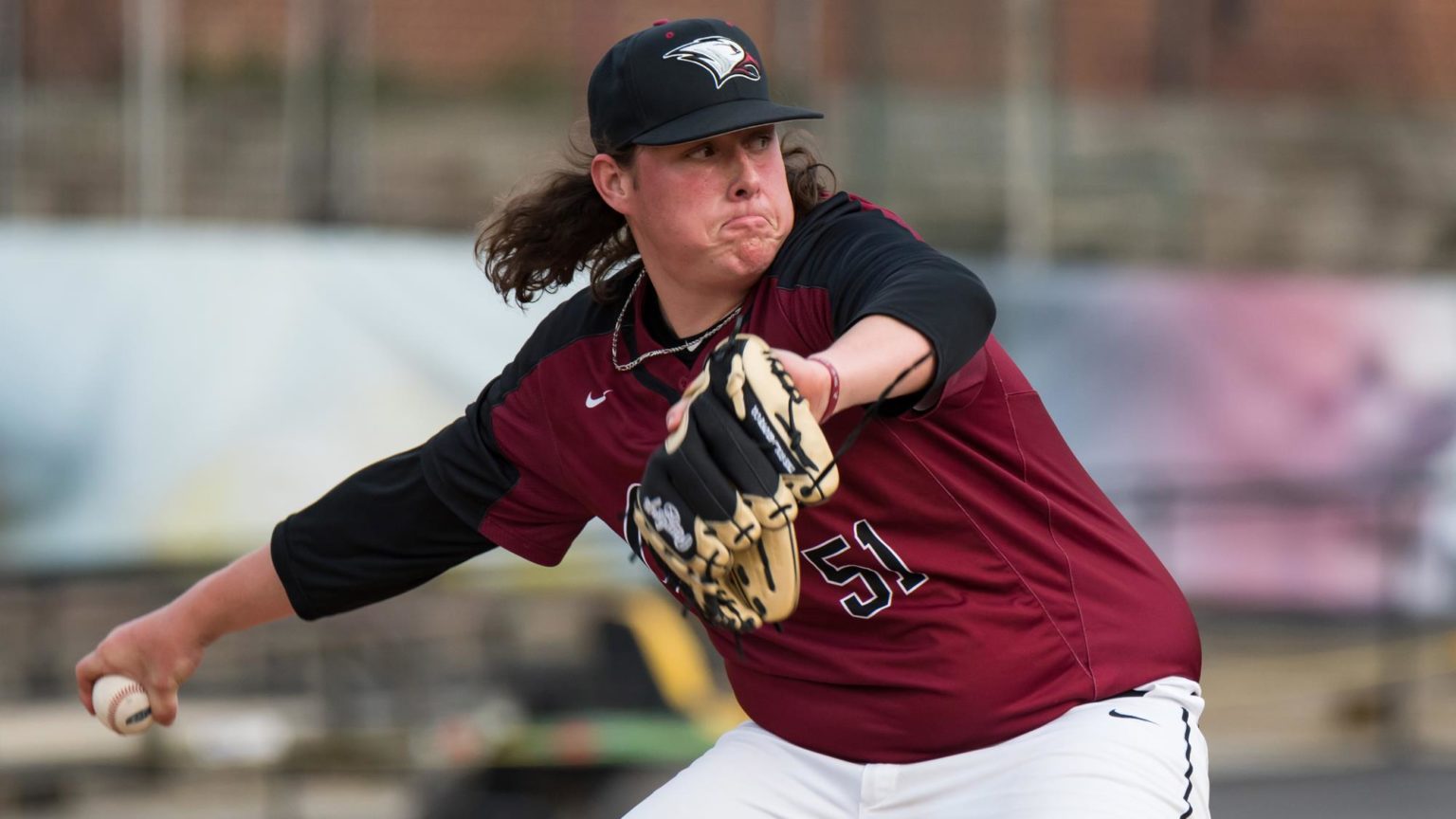Over the past two years, the Tampa Bay Rays have surprised the baseball world with their opener strategy. So far, the experiment has been successful, and one pitcher that has benefited greatly is righty Ryan Yarbrough. The Rays reliever was one of baseball’s most productive rookies last year and is having a strong 2019 campaign. In the second half, he has taken his game to a new level and built off his rookie season.
In thirty appearances last year — including six as a starter — Yarbrough went 16-6 with a 3.91 ERA. In 147.1 innings of work, he struck out 128 batters and held opponents to a .248 average. On a Tampa Bay pitching staff that was hit hard with injuries, Yarbrough helped stabilize the rotation. In his second MLB season, however, he has been even better.
Through twenty appearances, Yarbrough has already made seven starts, surpassing his total from last season. In 105 innings of work, he has an ERA of 3.34 with 88 strikeouts. After walking 50 batters last year, he has only allowed 13 free passes in 2019. His improved control has made him a more effective pitcher as opponents are hitting only .207 against him.
While the numbers are impressive, he has been particularly dominant since the start of the second half. In five July appearances, the former fourth-round pick had a 2.52 ERA. That number has dropped to an impressive 0.68 so far in August. In his last two starts, totaling 16 innings, he has not allowed a single run.
Although Yarbrough is used in different roles, his versatility is vital to the Rays. Over the past two months, he has averaged about five innings per appearance. In that span, he has only allowed multiple earned runs in one outing. It has been a welcoming sign for the Rays as they enter at a critical point without two of their top pitchers in Blake Snell and Tyler Glasnow.
When the season began, it appeared that a sophomore slump may be in store for Yarbrough. In his first 16.2 innings of work, he produced an ERA of 8.10. As he struggled in April, he was shuffled between Durham and Tampa Bay. On May 23, he was recalled to the majors where his turnaround began.
His improvement is partly due to a change in pitch selection. At the beginning of the season, Yarbrough was heavily reliant on his fastball. Since returning from the minors, he has used his cutter and changeup more often. He is not just mixing up his pitches but also throwing them at slower speeds than during his rookie campaign.
Yarbrough’s recent performance does not only show that he improving as a pitcher, but also that he is evolving. His ability to change speeds creates separation from his fastball, thus making it harder to hit. This is critical for Yarbrough as his fastball tops out in the low 90s.
Although the Florida native is not a flamethrower, he has pinpoint control. In his second season, he has already shown the willingness as a pitcher to change and evolve when necessary. If Yarbrough continues to improve, then it could be the start of something special in Tampa Bay.






